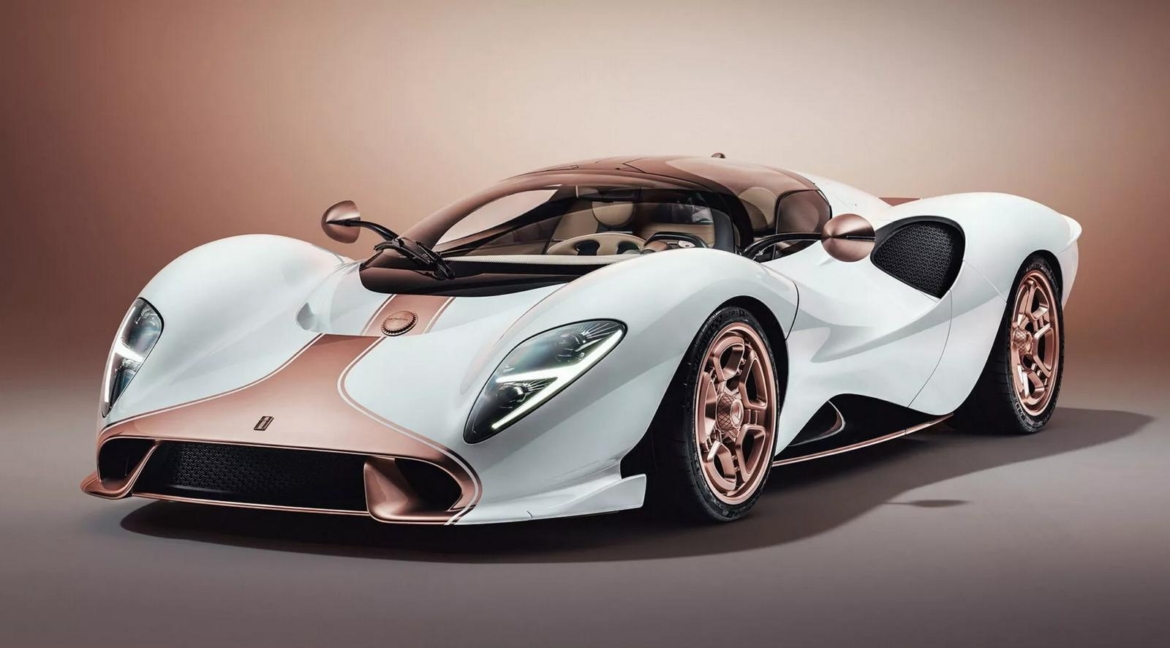In a world saturated with touchscreens, digital interfaces, and automated everything, the De Tomaso P72 arrives as a thunderous rebuttal, a rolling sculpture that whispers of the past and roars with the raw, analog power so many modern machines have forgotten. Nearly six years after it stunned audiences at the 2019 Goodwood Festival of Speed, De Tomaso has now unveiled the first production-spec P72, codenamed DT0001. This is not just a supercar. It is, unequivocally, one of the most beautiful automotive creations of the modern era.
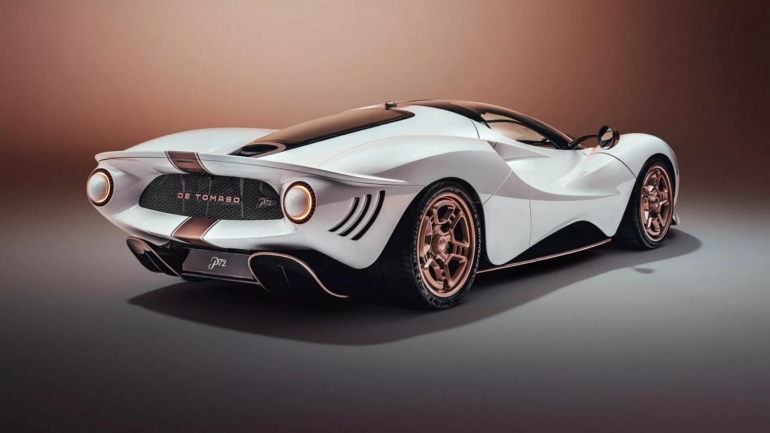
The P72’s design is pure theater. Every surface, every line, and every curvature is an homage to the golden era of motorsport. Inspired by the 1965 De Tomaso P70, a forgotten racer born from the minds of Alejandro De Tomaso and Carroll Shelby, the P72 resurrects a silhouette that harks back to endurance racing’s most poetic period.

From its low-slung stance and dramatically rounded fenders to the flowing roofline and teardrop canopy, it is art in motion. Observers have rightly likened it to the 1966 Ferrari 330 P3 and the Alfa Romeo 33 Stradale, but it doesn’t merely imitate. It evolves.
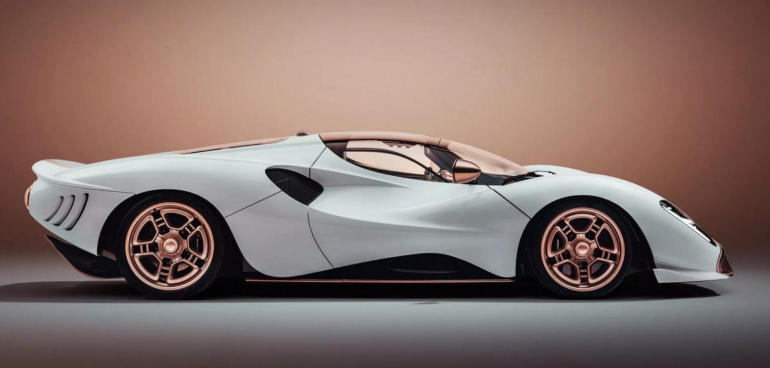
Unlike the delicate lines of the original concept, the production model introduces a handful of functional enhancements. The side windows now have proper cutouts, and the rear diffuser has been refined, likely to improve downforce, but certainly to intensify its visual impact. The launch unit wears a stunning white and copper color scheme, including bespoke copper wheels that sparkle like precious metal under the sun, enhancing its sculptural beauty without distracting from its heritage cues.

Inside, the P72 completely abandons the current supercar formula. You won’t find a digital cluster, a touchscreen, or a voice assistant. Instead, you’re greeted with a cabin that looks like it was crafted by horologists rather than automotive designers.
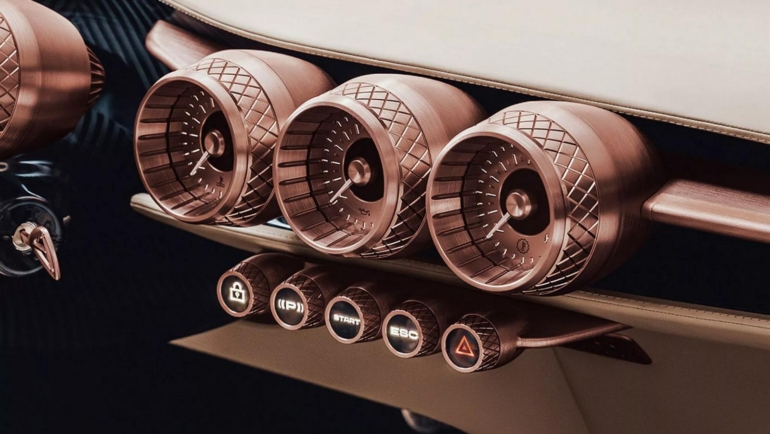
Cream leather, copper trim, carbon fiber, and intricate metalwork combine to create an environment that feels more like the cockpit of a mechanical timepiece than a modern vehicle. Gauges are analog. Switchgear is rotary. Every surface begs to be touched, every detail demands appreciation. It’s not just nostalgic — it’s intimate, personal, and soulful.
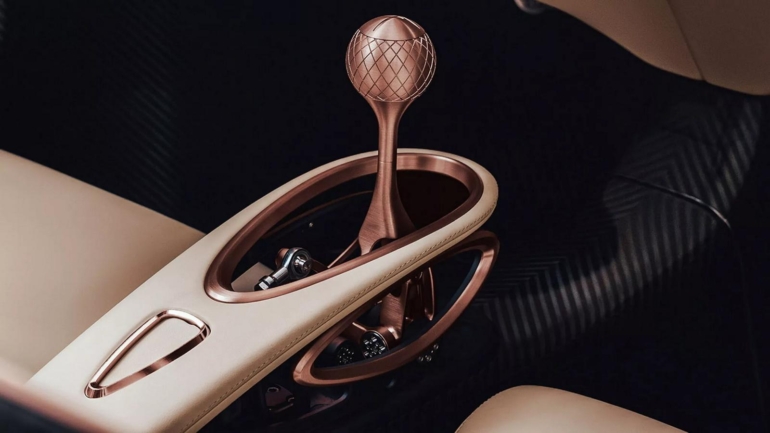
Powering the P72 is a 5.0-liter supercharged V8, sourced from Ford and refined by Roush Performance. Unlike the concept’s V12 borrowed from the Apollo IE, this powertrain is entirely different in tone and character. It delivers 700 horsepower and 820 Nm (605 lb-ft) of torque to the rear wheels via a six-speed manual gearbox. There are no paddle shifters. No dual-clutch trickery. Just a short-ratio manual box and your left foot, a rarity in a world where even Ferraris and McLarens are going automatic.
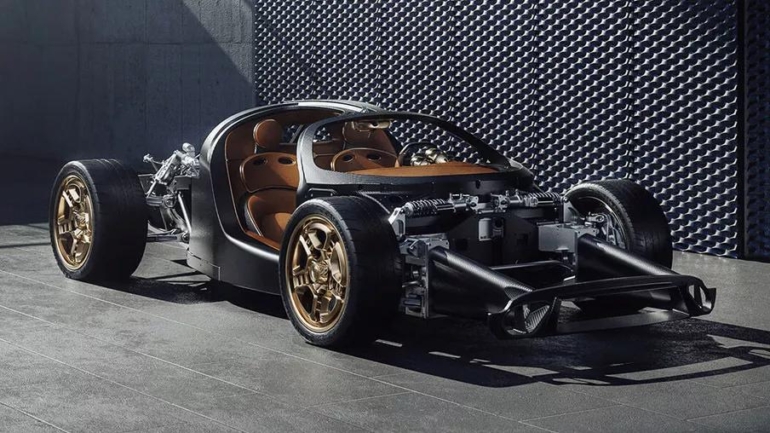
Underpinning it all is a carbon fiber monocoque chassis with modular subframes and pushrod suspension. Manually adjustable dampers add another analog layer to a car built for those who still want to drive, not merely be propelled. There are no drive modes, no adaptive gizmos — just the purity of machine meeting road, filtered through nothing but human intention.

Production is limited to 72 units, with the first customer deliveries expected in late 2025. Priced around €1.6 million ($1.8 million), the P72 isn’t just exclusive — it’s a declaration. A statement that true beauty, mechanical artistry, and emotional connection still have a place in the supercar world. In a market obsessed with stats, De Tomaso has given us a soul.
